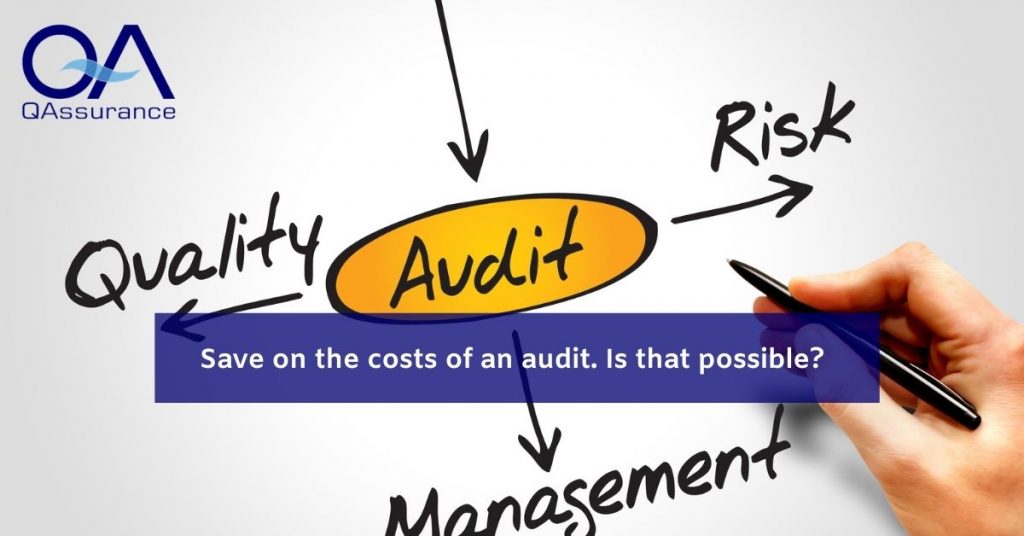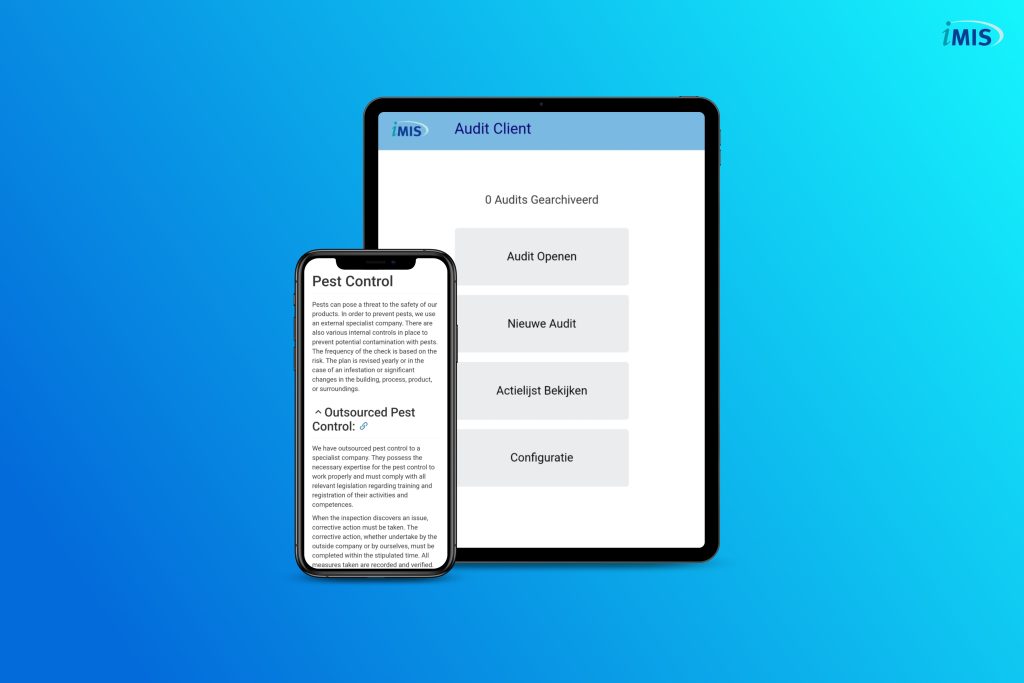Procedure
Every year the specifications are assessed with the verification and quickscan.
- Raw material and additive specifications.
- Packaging specifications.
- Resources technical service.
The existing specifications are checked at least every 3 years. All specifications older than 3 years must be re-requested. This can be done by:
- Requesting new specifications and / or;
- Inquiring whether the current version is still up to date.
When assessing the specifications, changes in the product, supplier, legislation and other risks are taken into account.
All end product specifications are also assessed annually and, if necessary, are adjusted and released again. Any changes in the direction of product labeling and the food label must be correctly passed on to the product labeling. In case of label (information) provided by the customer, the customer must also be proactively informed of the changes. Any pre-printed labels must be verified by means of the entry check with the valid recipe or declaration.
Every interim change is of course validated. Such as recipe, raw materials, supplier, land of origin of raw materials, and legislation. With the food information regulation it is important to also provide the (customer) websites with up-to-date product labeling information.
Specifications must take into account the legislation in the country of sale. It may be that other parameters such as allergens must be stated here and / or additives are prohibited.
The quality manager ensures that only the correct version of labels and packaging is available and known. In cases of relevant changes to raw material specifications, all parties involved are informed by the quality manager, so that only the correct version of the raw material or packaging is accepted and used.
Related articles to Example for a specification and labelling procedure
Many customers and visitors to this page 'Example for a specification and labelling procedure' also viewed the articles and manuals listed below:



